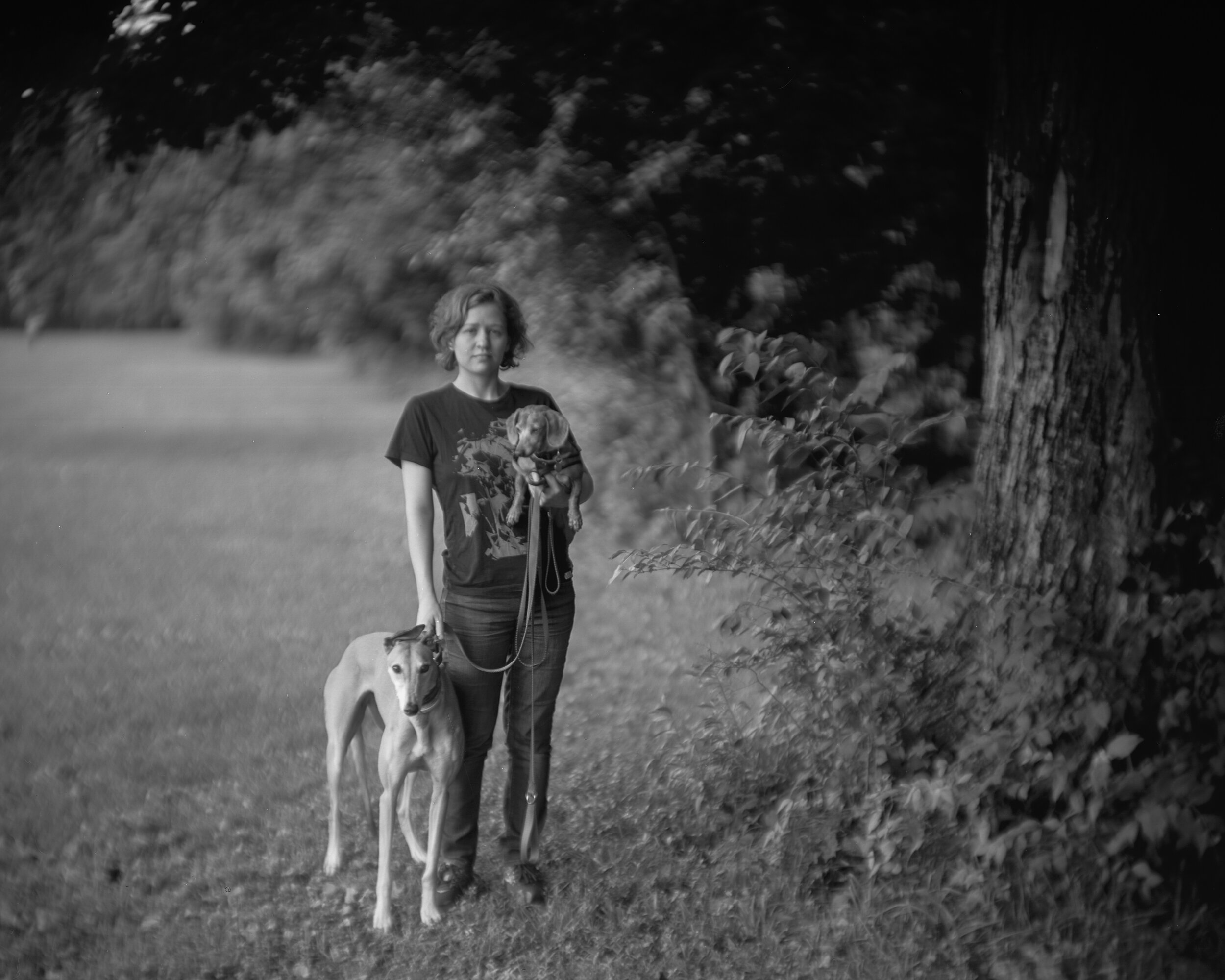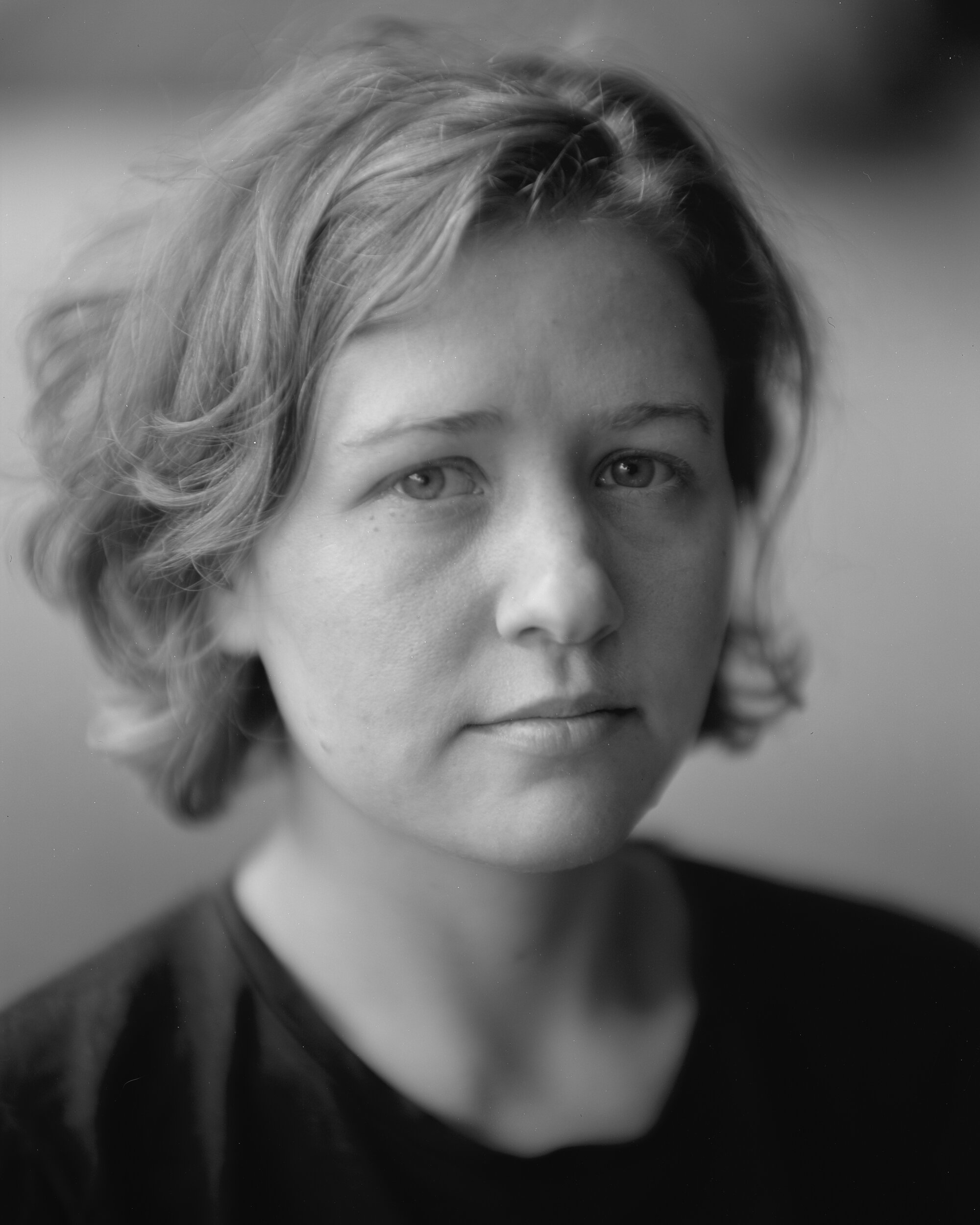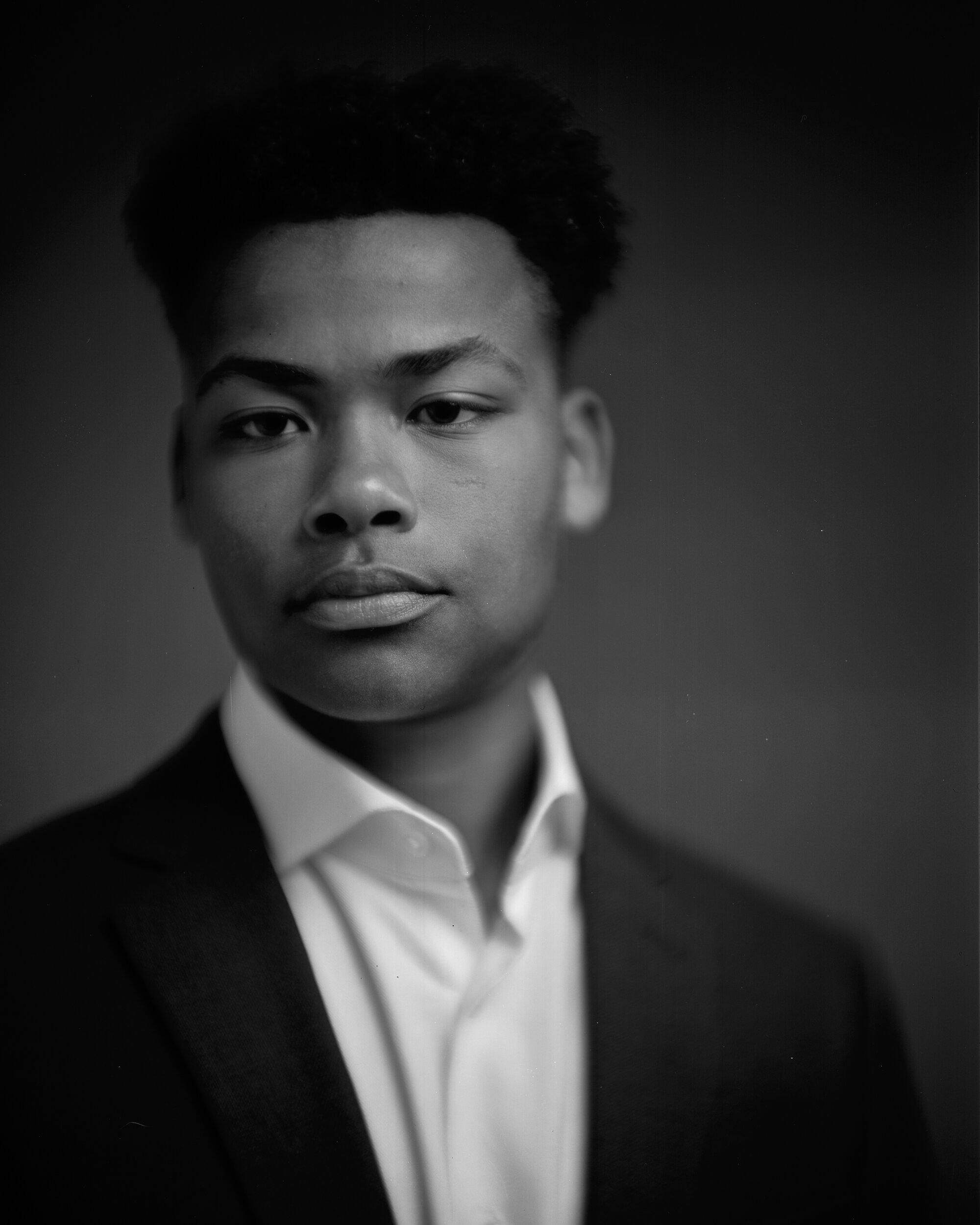Portraiture, On The Softer Side of Things
“UGGH! How could anyone like the look of photographs made with a soft focus lens?!”
Ilex Lens Catalog. Photo uploaded originally to Antiuqecameras.net
A little over a year ago, my antique-loving, deal-hunting, estate sale-stalking wondrous mother surprised me with a thrifty gift she’d purchased in a milk crate full of junk for $5. We were in the middle of lunch at an outdoor restaurant when she pulled this massive chunk of brass and glass out of her purse. It looked like hell, but underneath a heap of dirt, dust, and what I hoped was just cat smell, there appeared to be a large format ready portrait lens. Turns out, all the lens needed was some heavy cleaning and a spiffy new mounting flange. Little did I know it was going to be my favorite lens of 2019!
Several minutes of keyboard research into this mystery lens gave me a result from Antiquecameras.net. There were several lenses made in this series in the early 1920’s, covering 5x7”, 6.5x8.5” (whole plate), and 8x10”. Opening up the lens towards a window, I checked the size of the image circle and focal length. It looked to be 13” exactly ~ 330mm, meaning this was the No.2 or whole plate coverage model. Back in 1922, this baby would have set a studio photographer back $142; in 2019 dollars, that’s over $2000! For landscape work and camera movements this could be a problem (vignetting), but for portraits, this might actually look pretty cool. Next step was to get this thing onto a camera (somehow).
Left: Strudel the Dachshund (an old boy now!) Right: Ilex Portrait Lens, darn-near dachshund size!
As of October, I’ve been into large format photography for a decade, and as such I’ve accumulated plenty of stuff. Finding a spare Sinar-size lens board was an easy task, but a flange to mount this beast of a lens was another story. After searching around online at through some connections I’ve made at Midwest Photo, I turned to one of the old stand-by machine shops, SK Grimes. They do good work, but like many machine shops custom manufacturing small batch parts, they charge appropriately for their labor (aka not cheap). A week or so later, a lens on a board arrived ready to photograph next to my doggo for social media.
I can’t believe I’ve made it to this point in the post without mentioning it, but the FRIGGIN’ SHUTTER STILL WORKS! How?!! It’s baffling that something older than any living member of my family is still in good working order at nearly 100. Kudos Ilex-Acme, you made some long-lasting gear that even your great-grand children could use! Anywho, back to the story.
By this time it’s late Spring of this year (ah, life) and it’s time to test this lens and see if it’s a fit for me. Like many gear tests, my first and most willing subjects were Lauren and our two hounds. On an afternoon trip to the park I hauled along the 8x10 kit, like any normal human would, and setup for some test shots. The late afternoon light was direct and somewhat harsh, but I managed to get a feel for just how soft this lens was wide open.
For anyone reading this that hasn’t worked with a soft focus lens, practice the “look” of your lens when it is in focus. This isn’t as easy to focus a modern, sharp lens! Highlights will start to “bloom”, creating flared, soft edges and the corners of the photograph will be very difficult to judge on a ground glass. Even switching to my 8x focusing loupe didn’t help the jarring experience of continually asking myself, “Is this thing in focus?!”. When I turned on the lights after fixing the test film, I was delighted to see some negatives that looked like they might have something cool on them. Below is a gallery of two test shots from the first afternoon shooting with the lens, and another two of a model in the studio under more controlled conditions.
This another good time to go off on a tangent and talk about what I like as a photographer. I would not describe myself as somebody that buys a lens just for its out of focus rendition or bokeh. I shoot “frickin’ trees” for crying out loud! Shooting a lens wide open (lowest f-number it can achieve) just to see what happens isn’t ordinarily my cup of tea. This new-to-me portrait lens and the initial results were enough to think maybe I should try something new. When going around the office and showing my co-workers some contact sheets of the test shots, an opportunity revealed itself. Midwest Photo’s Nikon specialist, Katie was getting married in September and wanted some formal portraits, preferably on film! Perfect chance, but a high pressure situation I haven’t been in for years. I couldn’t say no to this.
At first the conversation was 8x10 Polaroid, but the harsh reality of film pricing and Katie’s wedding timeline eliminated that idea instantly. Next idea was a more formal, portrait studio setup, again something that would have really over-complicated an already packed wedding day. Last idea on the list, portable studio with negative film, and one assistant with minimal gear (for large format). The date was set and I was to be ready for another record breaking sunny, hot September afternoon. I loaded up a box of Portra 160, got some LED lights, and a reflector; now all I had to do was select some lenses for the shoot. I ended up bringing my top two most used lenses, the Schneider 355mm G-Claron f/9 and Fujinon-W 250mm f/6.7 , oh and this crazy soft focus lens which I’ve never used for a paid shoot.
Fast forward to the day of the wedding, I’m driving into downtown Columbus, OH with Lauren (my assistant for the day) only to see grim, gray skies rolling over the city. The whopping 5% chance of thunderstorms was happening (much like rolling a “1” in Dungeons and Dragons!) and we had to make the best of the on and off rain. There was a really neat ivy covered alleyway around the corner from the venue, and with two sets of quick hands, we managed to burn through the first eight sheets of film in no time. “Oh crap!” I though to myself, “We haven’t even tried the portrait lens!”. I ran to my camera bag to grab the Ilex and quickly set it up on the camera. I opened up the lens and set the aperture slightly down from wide open (f/8-ish?) and began to compose. The last two sheets flew through the camera and as quick as it had started, the portrait session was over.
When I’ve got something important that needs developing, there are two places that I trust completely with my color film processing, The Darkroom and Praus Productions. For super quick turnaround, Edgar Praus is the man! He’s been in the lab business longer than I’ve been alive and has quick, reliable, affordable service. I was able to deliver scans a little over a week after the shoot, which compared to normal wedding photo turnaround, is way faster than expected. I brought the scans to Katie before work began and when she opened up the scans, she immediately gasped. It wasn’t until she started doing a little happy dance that I realized it was a good gasp and that she loved the portraits. And wouldn’t you know it, her favorite was one of the photos made with that 97 year old “garbage” lens.
Katie & Jerrod wedding formal portrait, Ilex Portrait Lens + 8x10 Portra 160
What’s the lesson here? “Never say never” I guess. This incredibly old, soft focus lens really surprised me and is making me rethink my options for shooting large format in the future. The most I spent on this adventure was the film and processing, which is much less expensive than many brass lenses go for on auction sites and forums. Would I have paid the kind of prices these lenses are fetching on the used market? To be honest, probably not. But if you come across an old lens that you’re about to write-off, give it a try. Bonus points if you can borrow one or get it for FREE!
If soft focus isn’t your jam, don’t knock it ‘til you try it.






